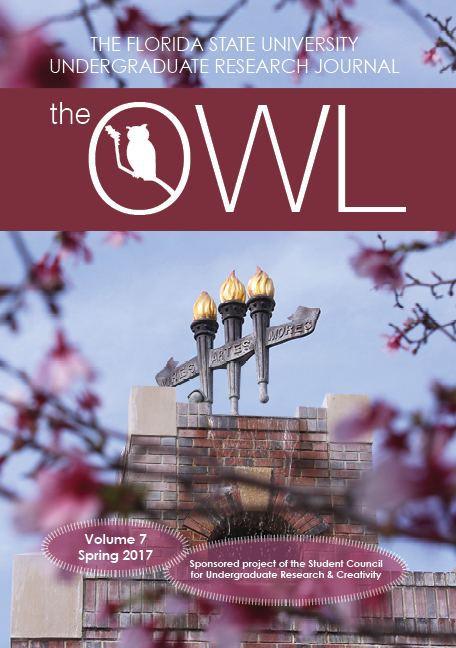Remediation of Water Pollutants and Pathogens within Household Water in Rural South India
Keywords:
Water Quality, Sand Filter, India, NGOAbstract
Unsafe drinking water is recognized as a leading factor in diarrheal diseases responsible for about 1.8-2.5 million annual children deaths globally, six hundred thousand deaths alone coming from India[3].
In a partnership with the Indian Social Service Institute (ISSI) and the FAMU-FSU College of Engineering, a field study was designed to assist in the development of techniques to construct low-cost water filtration devices called bio-sand filters (BSFs) for the local rural community.
Laboratory and a two-month pilot study was conducted in the Indian state of Tamil Nadu from May 2016 to July 2016 to evaluate the performance of the BSF under various setups, to investigate long-term removal efficiencies and to improve the filter design. BSFs were constructed by myself and staff members of ISSI. Aquarium water test kits were used to conduct water analysis of influent water, standing water within BSF and effluent discharge.
Water analysis did not indicate a growth of a biological layer, called Shmutzdecke, meaning the method for assembly of a BSF must be configured for greater efficacy.
In open discussion, the students of the institute were adamant of the need to have a water remediation system at home to stay diarrheal episodes.
References
Stauber, C.E., G.M. Ortiz, D.P. Loomis, and M.D. Sobsey. 2009. A Randomized Controlled Trial of the Concrete Biosand Filter and its Impact on Diarrheal Disease in Bonao, Dominican Republic. American Journal of Tropical Medicine and Hygiene, 80(2):286-293.
http://www.who.int/mediacentre/factsheets/fs330/en/
Jeffreys, Kendralyn G., "A Survey of Point of Use Household Water Treatment Options for Rural South India." Thesis, Georgia State University, 2012. http://scholarworks.gsu.edu/iph_theses/190
Brick, T., Primrose, B., Chandrasekhar, R., Roy, S., Muliyil, J., & Kang, G. (2004). Water contamination in urban south India: household storage practices and their implications for water safety and enteric infections. International Journal of Hygiene and Environmental Health, 207(5), 473-480
Ngai T, Walewijk S The arsenic biosand filter (abf) project: design of an appropriate household drinking water filter for rural Nepal. [thesis]. Cambridge (MA): Massachusetts Institute of Technology; 2004. [Accessed May 5, 2004].
Collins, M. R., Eighmy, T. T., Fenstermacher, J. M., and Spanos, S. K. “Removing Natural Organic Matter by Conventional Slow Sand Filtration.” Journal AWWA. p. 80- 90. May 1992.
Ritenour, R. “BioSand household Water Filter: A transfer of Slow Sand Filtration Technology to Developing Countries”. 3rd ed. Samaritan’s Purse, Canada. 1998.
Prüss-Ustün, A., & Corvalán, C. (2007). How much disease burden can be prevented by environmental interventions? Epidemiology (Cambridge, Mass.), 18(1), 167-178. doi:10.1097/01.ede.0000239647.26389.80
Ramakrishna, B. S., Kang, G., Rajan, D. P., Mathan, M., & Mathan, V. I. (1996). Isolation of Vibrio cholerae O139 from the drinking water supply during an epidemic of cholera. Tropical Medicine & International Health: TM & IH, 1(6), 854-858.
Downloads
Published
Issue
Section
License
All works published in The Owl are published under a Creative Commons Attribution, Non-Commercial, Share-Alike (CC-BY-NC-SA) license. The author retains copyright.

